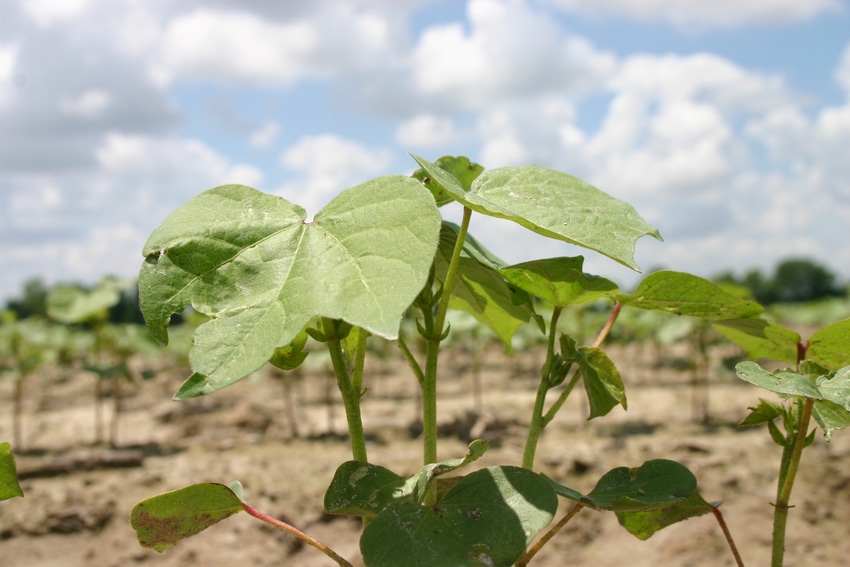February 23, 2015

The National Cotton Council is reminding producers that a sales closing date is rapidly approaching for those wanting to sign up for the Stacked Income Protection Plan for Upland Cotton (STAX) and the Supplemental Coverage Option (SCO). While the deadline for 2015 crops has already passed for some counties, the sign-up window for others in the Cotton Belt will shut on February 28. A third deadline of March 15 applies to other regions.
An NCC release reads: “STAX is an area-based revenue policy that is only available for upland cotton beginning with the 2015 crop year. It may be purchased as a stand-alone policy or as an endorsement to an underlying multi-peril crop insurance policy. SCO is a county-level policy endorsement that covers a portion of the producer's deductible of their underlying multi-peril crop insurance policy. SCO is available for cotton, corn, grain sorghum, rice, soybeans, spring barley, spring wheat and winter wheat in select counties for the 2015 crop year.
“Producers wanting to learn how STAX and SCO can help them manage risk can find maps showing '15 crop year availability, fact sheets, frequently asked questions, policy information and more at the Risk Management Agency (RMA) farm bill site.
“To help farmers better understand how STAX and SCO interact with traditional crop insurance, RMA developed an online Crop Insurance Decision Tool, which also is available for use on smartphones. This user-friendly resource, available as a free download from the Apple iTunes store and Google Play store, demonstrates how the STAX and SCO plans work, including how coverage is determined, when insurance indemnity payments are triggered, approximate premium costs, and how STAX and SCO interact with an underlying multi-peril crop insurance policy. The online tool and the mobile application can help producers quickly explore and understand the variety of coverage options that these new products offer. Producers must consult their crop insurance agent for detailed information and to obtain a specific premium quote.”
About the Author(s)
You May Also Like






